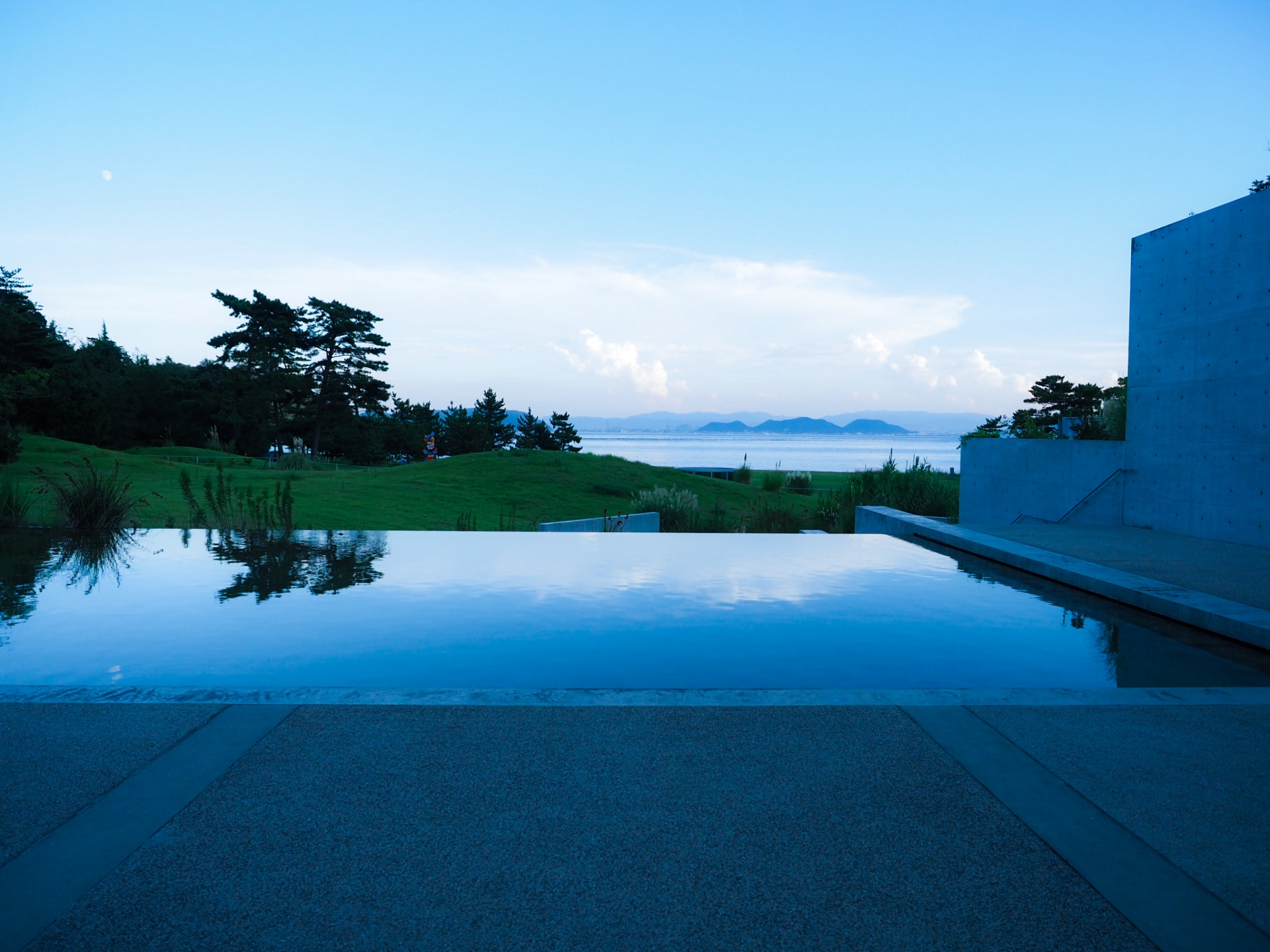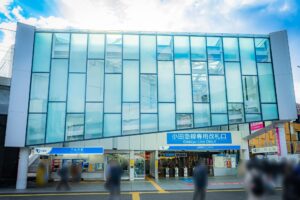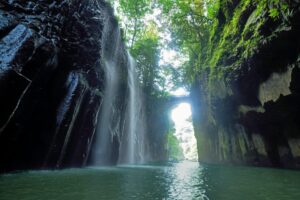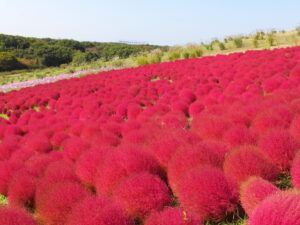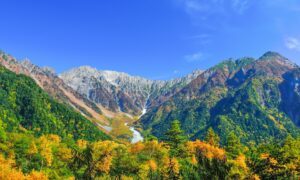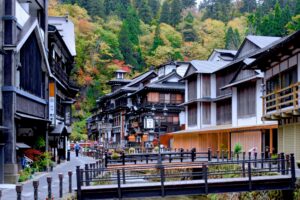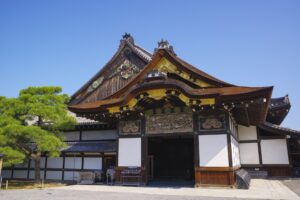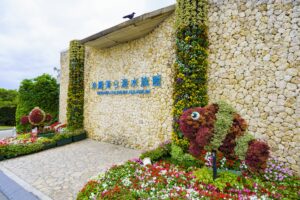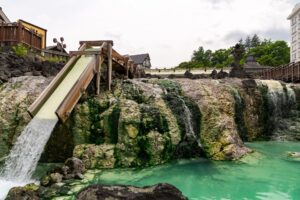Naoshima Island has transformed from a quiet fishing village into one of the most remarkable art destinations in the world. Known for its iconic museums, open-air sculptures, and harmonious integration of art, architecture, and nature, Naoshima offers a truly immersive cultural experience. This guide covers everything you need to know to plan your trip: what to see, how to get there, where to stay, and unique tips to make the most of your visit.
What Makes Naoshima Island So Special?
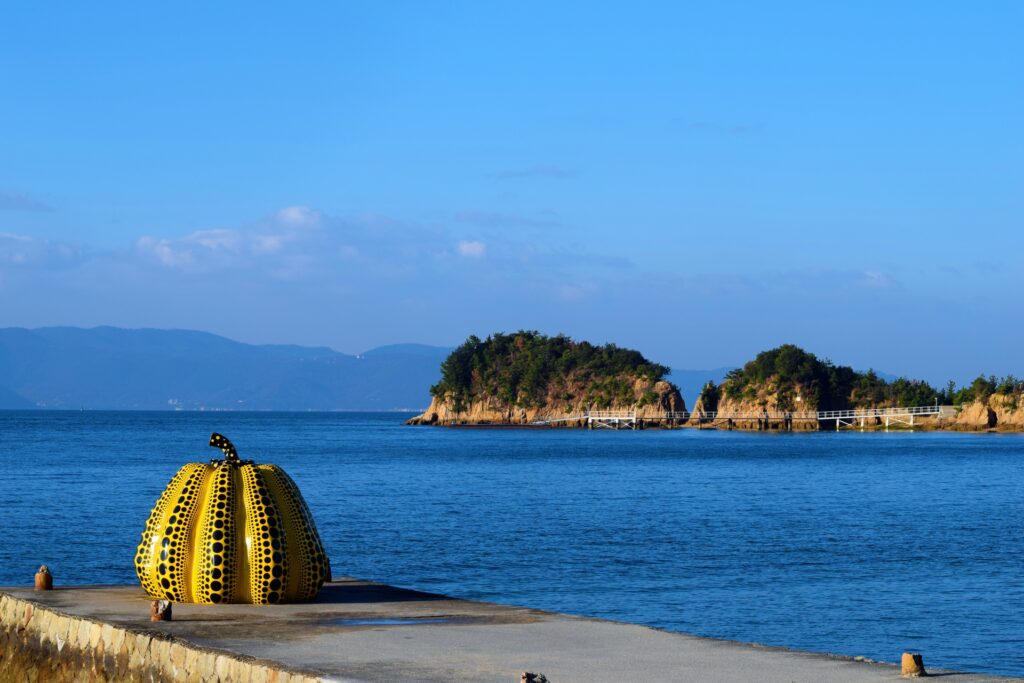
Once a sleepy fishing village in the Seto Inland Sea, Naoshima Island has transformed into a world-renowned hub for contemporary art. Its unique charm lies in the harmonious blend of avant-garde art, serene natural landscapes, and minimalist architecture—much of which is the work of acclaimed Japanese architect Tadao Ando. The island’s evolution began in the 1980s when the Benesse Corporation initiated the Benesse Art Site project. This ambitious undertaking brought museums, installations, and architectural masterpieces to the island, all designed to enhance and coexist with the surrounding environment.
Open-air sculptures dot the coastline and village streets, offering art encounters at every turn. One of the most iconic is Yayoi Kusama’s polka-dotted pumpkin sculptures—vivid, whimsical symbols of the island’s artistic identity. The thoughtful integration of art into everyday landscapes makes Naoshima more than a gallery; it becomes a living, breathing artwork. The collaboration between art, architecture, and nature is what truly sets Naoshima apart and continues to draw art lovers from around the world.
Best Art Museums and Installations in Naoshima
Naoshima boasts an impressive collection of museums and outdoor installations that cater to both casual visitors and serious art aficionados. Here are the must-see sites:
Major Art Museums:
- Chichu Art Museum: Designed by Tadao Ando, this underground museum uses natural light to illuminate works by Claude Monet, James Turrell, and Walter De Maria. It’s a meditative experience that blurs the line between art and space.
- Benesse House Museum: A hybrid museum and hotel, Benesse House displays contemporary art throughout its galleries and grounds. Works by artists like Yayoi Kusama, Richard Long, and Hiroshi Sugimoto are integrated into both the building and the surrounding nature.
- Lee Ufan Museum: This museum presents a serene dialogue between Lee Ufan’s minimalistic art and Ando’s architecture. Set against a hillside, it encourages slow, contemplative viewing.
Hidden Gems and Installations:
- Art House Project: Located in the Honmura district, this series of abandoned houses transformed into art installations offers intimate, immersive experiences. Notable sites include Kadoya, Minamidera, and Gokaisho.
- Naoshima Bath “I♥湯”: A public bathhouse that’s also an art installation by artist Shinro Ohtake. It combines art, tradition, and daily life in a delightfully quirky setting.
Quick-Reference Map/Table:
| Art Site | Type | Key Artists | Location |
| Chichu Art Museum | Museum | Monet, Turrell, De Maria | South Naoshima |
| Benesse House | Museum + Hotel | Kusama, Sugimoto | West Coast |
| Lee Ufan Museum | Museum | Lee Ufan | Near Benesse House |
| Art House Project | Installations | Various | Honmura |
| I <3 Yu Bath | Public Bath + Art | Shinro Ohtake | Miyanoura |
How to Get to Naoshima Island
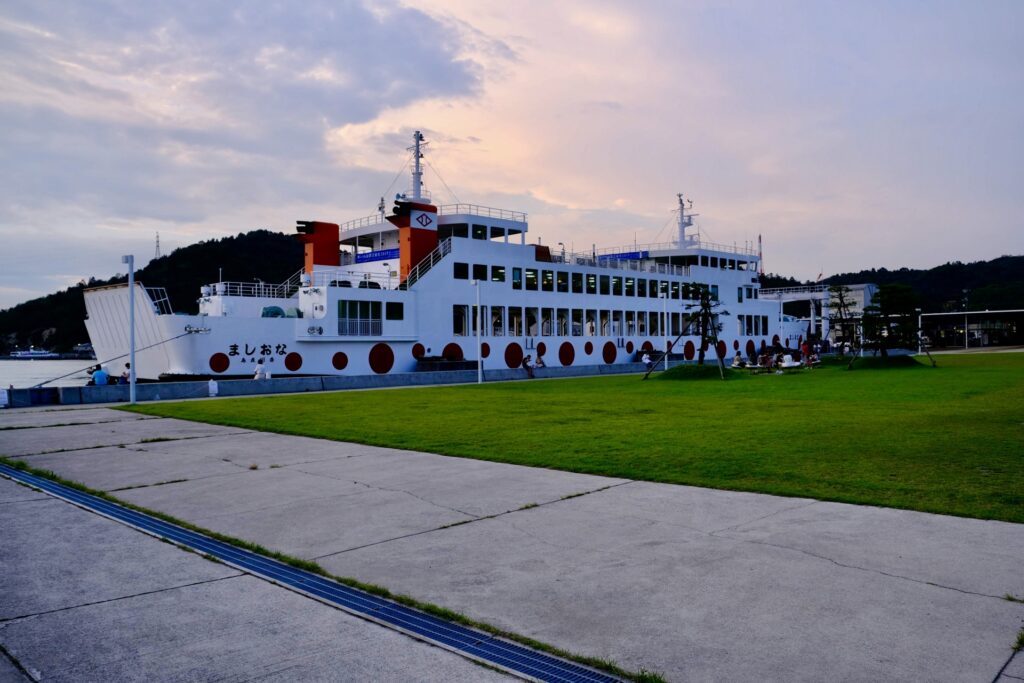
Reaching Naoshima requires a bit of planning, but it’s well worth the effort. The island is accessible by ferry from both Okayama and Kagawa Prefectures.
From Okayama (Best for Travelers from Tokyo/Kyoto/Osaka):
- Take a train to Okayama Station.
- Transfer to the JR Uno Line and ride to Uno Station (about 50 minutes).
- Walk to Uno Port, just 5 minutes from the station.
- Ferry to Miyanoura Port (Naoshima): Ferries run hourly and take about 20 minutes.
From Takamatsu (Best for Travelers from Shikoku):
- Ferry from Takamatsu Port to Miyanoura or Honmura Port (50-60 minutes).
Accessibility Notes:
Naoshima is moderately accessible. Ferries can accommodate wheelchairs, and some museums, including Chichu and Benesse House, are wheelchair-friendly. However, the island’s hilly terrain and limited public transport can be challenging for those with mobility issues. Renting an electric bike or using local shuttle services can help.
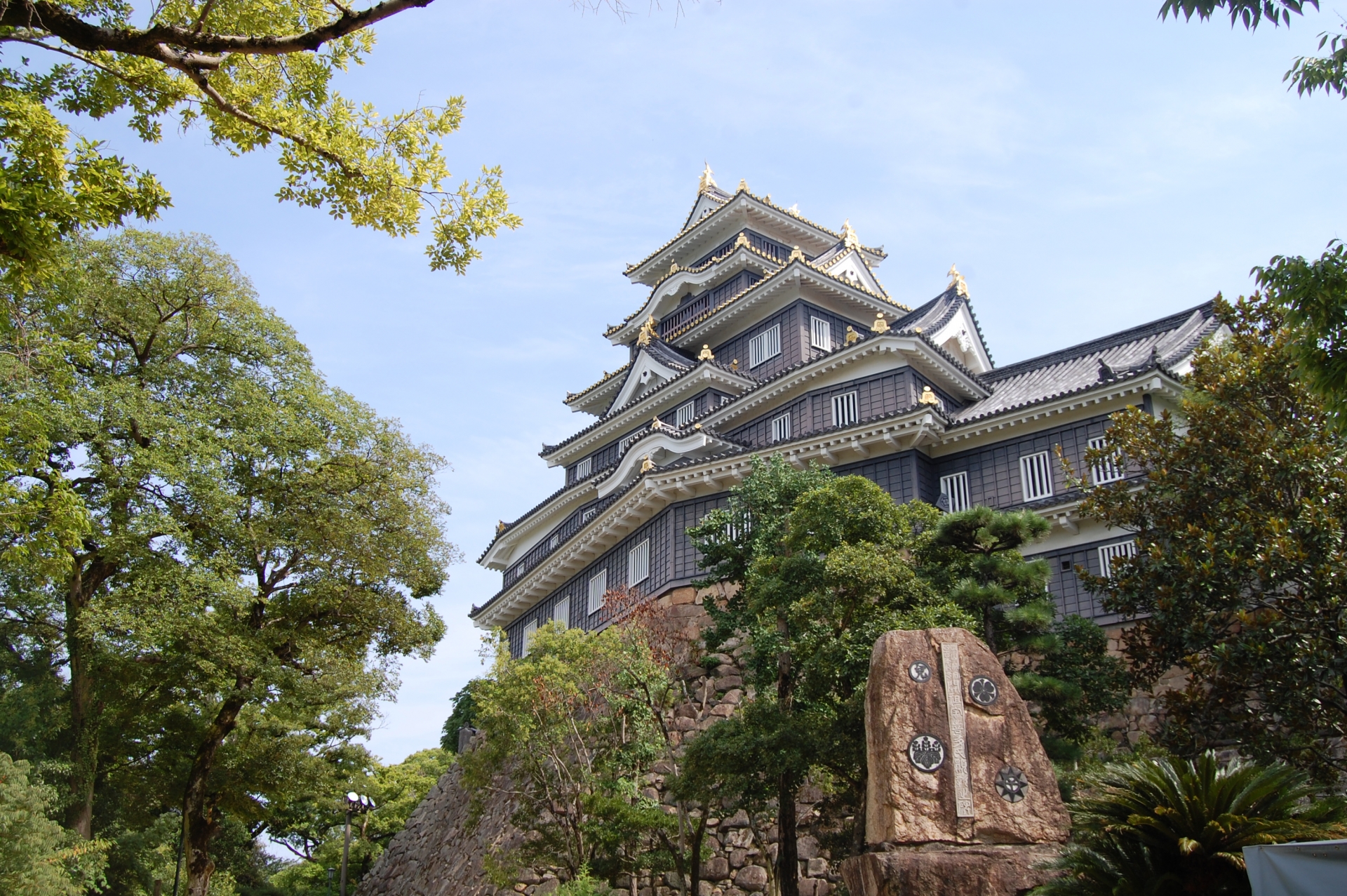
Where to Stay: From Art Hotels to Budget Options
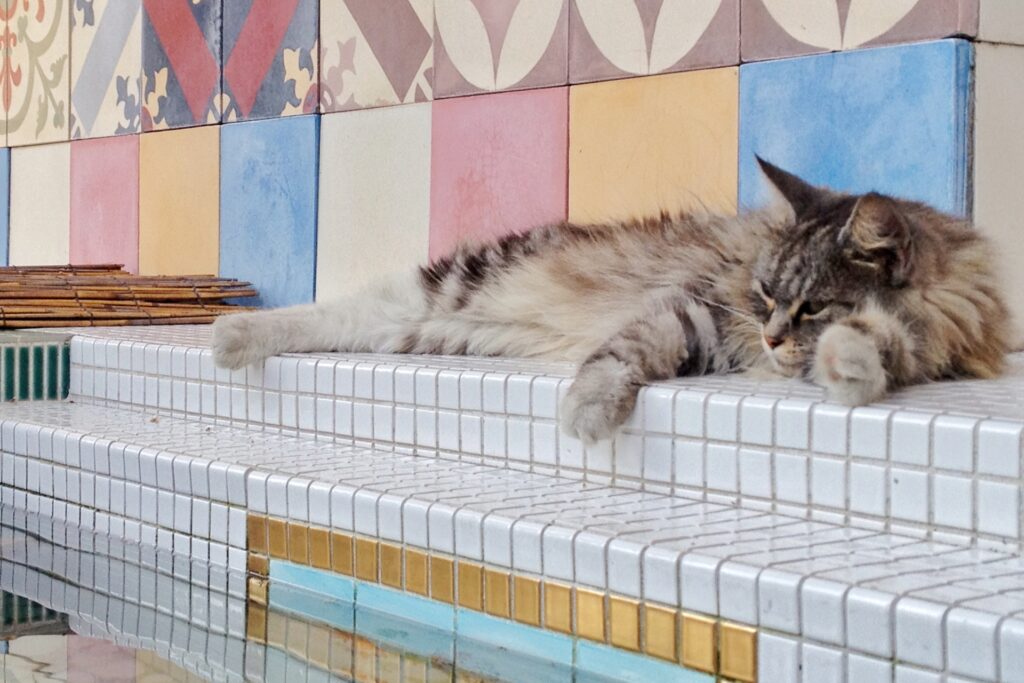
Whether you’re looking for luxury or affordability, Naoshima offers diverse lodging options:
Benesse House:
- Type: Art hotel + museum
- Best for: Art lovers, luxury travelers, couples
- Perks: Direct access to art, ocean views, exclusive museum hours for guests
Guesthouses and Ryokan:
- Examples: Oyajino Umi, Bamboo Village, Uogashi 7070
- Best for: Solo travelers, backpackers, cultural immersion
- Perks: Friendly hosts, local charm, communal atmosphere
Hostels:
- Examples: Yado Seven Beach, Dormitory in Kowloon
- Best for: Budget-conscious travelers, students
- Perks: Low prices, shared facilities, social vibe
Tips:
- Book accommodations early, especially during the Setouchi Triennale or cherry blossom season.
- Some art house projects and museums may be closed certain days—check before booking.
What to Eat: Local Cuisine on Naoshima
Though small, Naoshima offers a variety of charming eateries that blend artful presentation with local flavor:
Recommended Eateries:
- Café Salon Naka-Oku: A tucked-away restaurant with a curated menu of seasonal Japanese dishes, served in a beautiful wooden interior.
- Shioya Diner: Casual Western-style diner popular for burgers and set meals.
- Café Konichiwa: Known for its vegetarian and vegan-friendly options.
- Aisunao: Offers macrobiotic lunches and local sake in a restored traditional house.
Local Specialties:
- Seto Inland Sea seafood: Fresh fish, octopus, and seasonal shellfish
- Sanuki udon: Available thanks to proximity to Kagawa
Many cafes double as small galleries or design shops, making each meal a cultural experience in itself.
Sample Itinerary: How to Spend 1 or 2 Days on Naoshima
1-Day Itinerary (Best for Day-Trippers):
Morning: Arrive at Miyanoura Port, rent an e-bike, visit Chichu Art Museum Afternoon: Lunch at Café Naka-Oku, explore Benesse House and Lee Ufan Museum Evening: Stop by the Red Pumpkin and I<3Yu Bath before ferrying out
2-Day Itinerary (For In-Depth Exploration):
Day 1:
- Morning: Arrive, visit Art House Project in Honmura
- Afternoon: Chichu Art Museum + surrounding installations
- Evening: Overnight at Benesse House or local guesthouse, sunset walk
Day 2:
- Morning: Lee Ufan Museum, beach walk
- Afternoon: Café lunch + explore I<3Yu and shops near Miyanoura
- Evening: Ferry departure
Tips:
- Buy museum tickets in advance for Chichu
- Use the Naoshima Town Bus or bike to maximize time
Travel Tips and Things to Know Before You Go
Best Seasons to Visit:
- Spring (March–May): Cherry blossoms + mild weather
- Autumn (September–November): Crisp air, fall foliage, and fewer crowds
- Avoid: Mid-summer heat (July-August), as museums and travel can feel exhausting
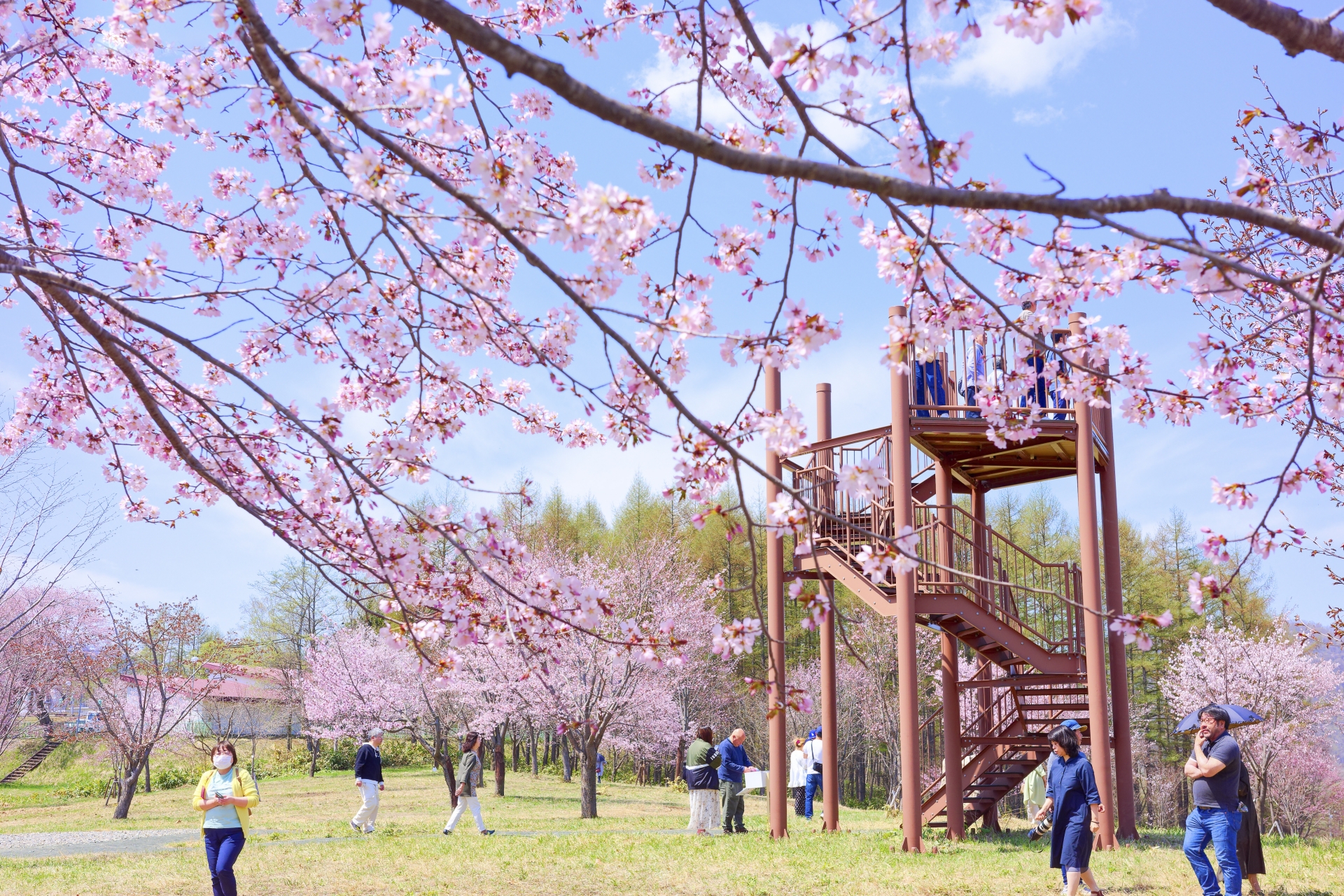
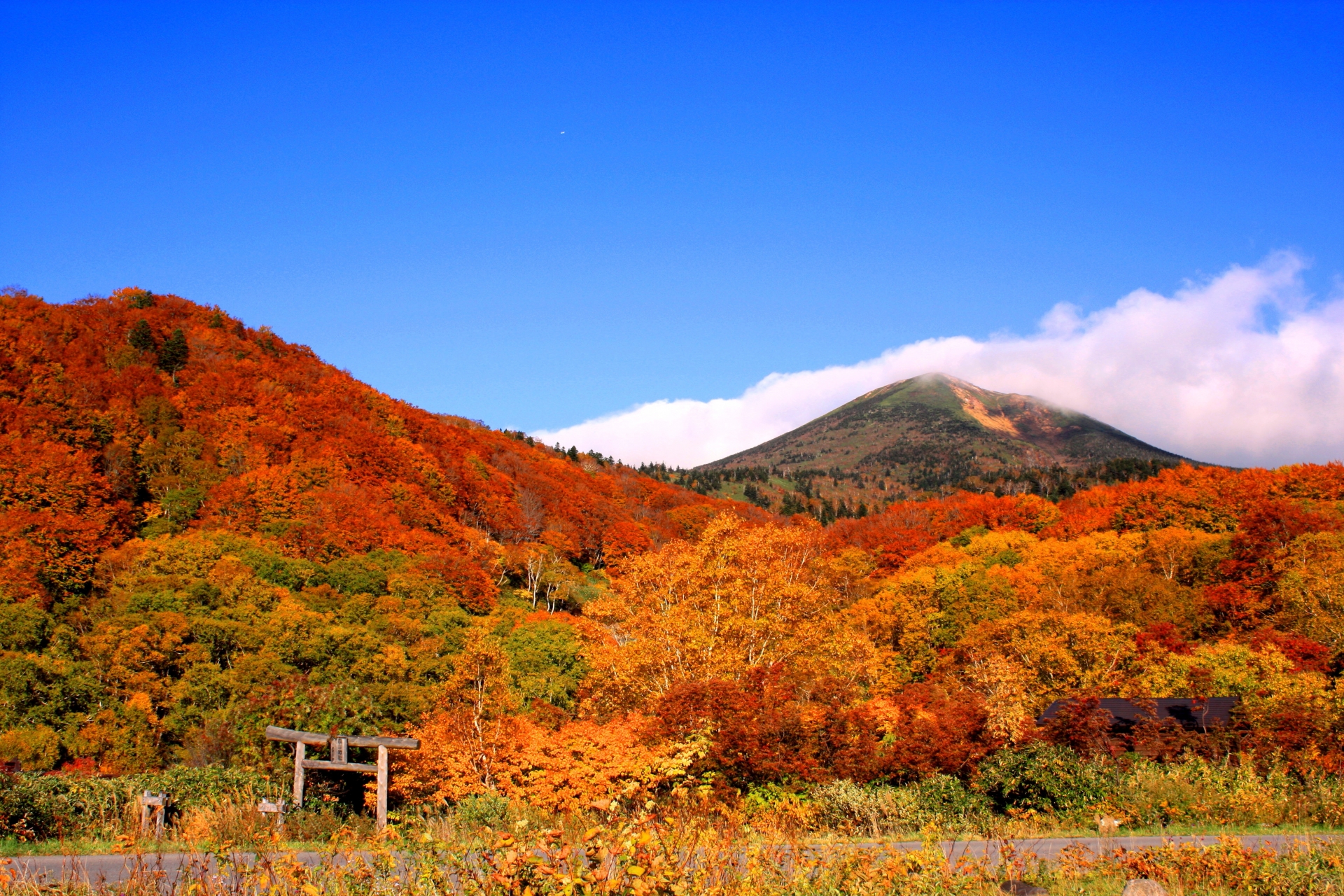
Reservation Tips:
- Chichu Art Museum requires timed tickets
- Benesse House fills months in advance
- Many local eateries close early or are shut on random days—check online
Cultural Etiquette:
- Remove shoes when entering traditional homes or guesthouses
- Respect photography rules in museums
- Quietness is valued in most gallery spaces
What Not to Miss:
- Yayoi Kusama’s Yellow Pumpkin (check if currently on display)
- Minamidera (part of Art House Project)
- Sunset over the Seto Inland Sea
Final Thoughts: Why Naoshima is Worth the Journey
Naoshima isn’t just a destination—it’s an invitation to slow down and see the world through the lens of creativity. With its seamless fusion of nature, art, and architecture, the island offers a reflective and soul-stirring experience. Whether you’re marveling at Monet’s Water Lilies bathed in natural light or soaking in an art-themed public bath, every moment on Naoshima feels intentionally designed to awaken the senses.
So if you’re yearning for an off-the-beaten-path cultural escape, Naoshima delivers. Take your time. Wander slowly. Let art find you.
Start planning your journey now—Naoshima awaits.

